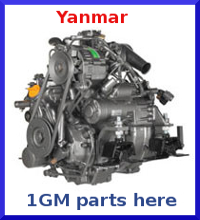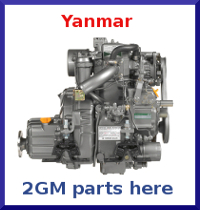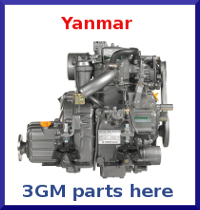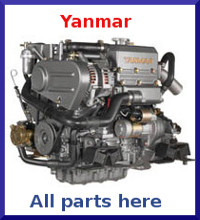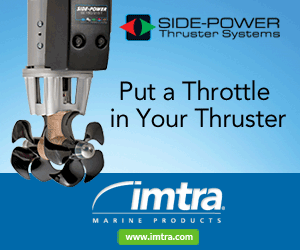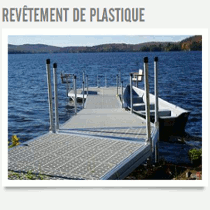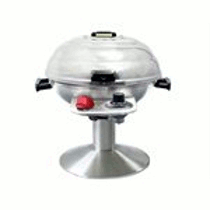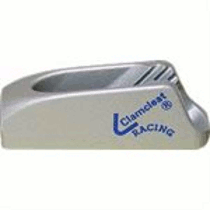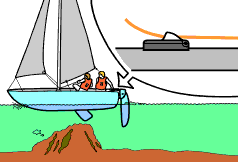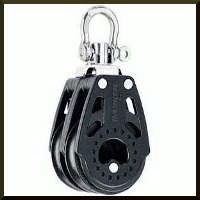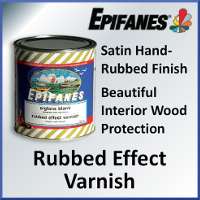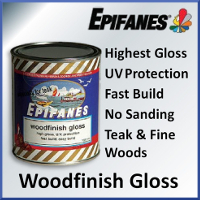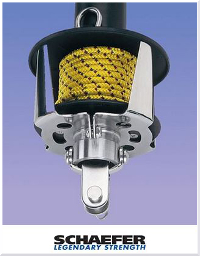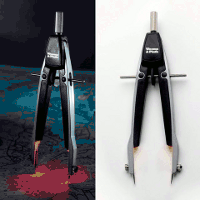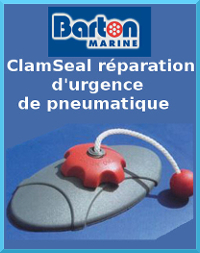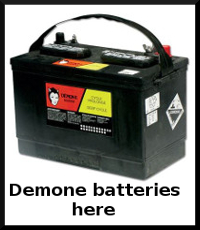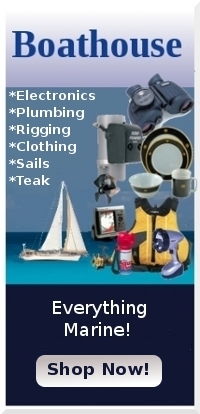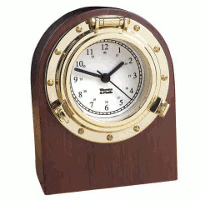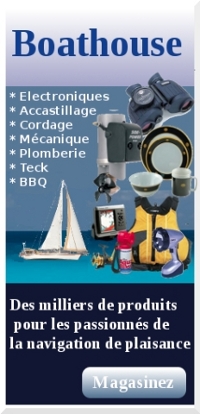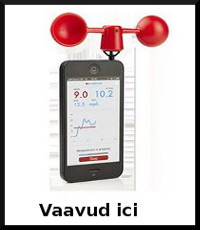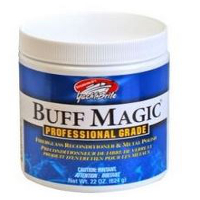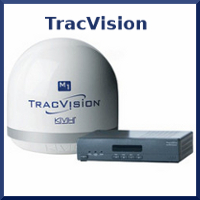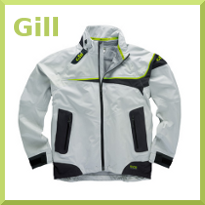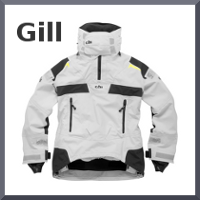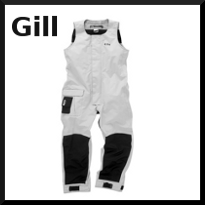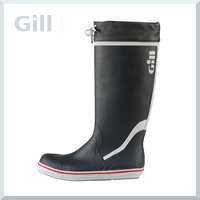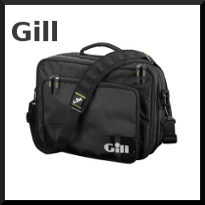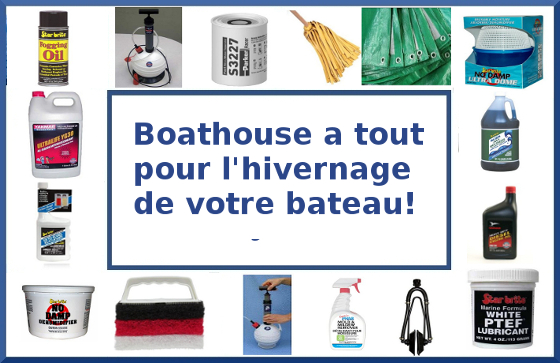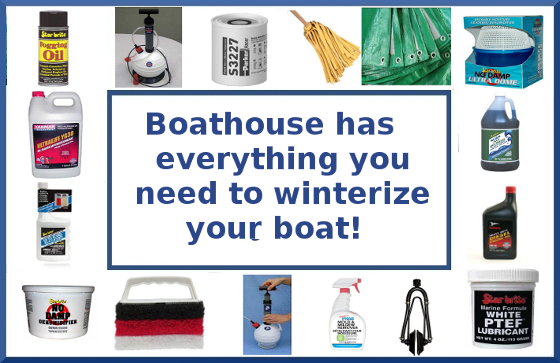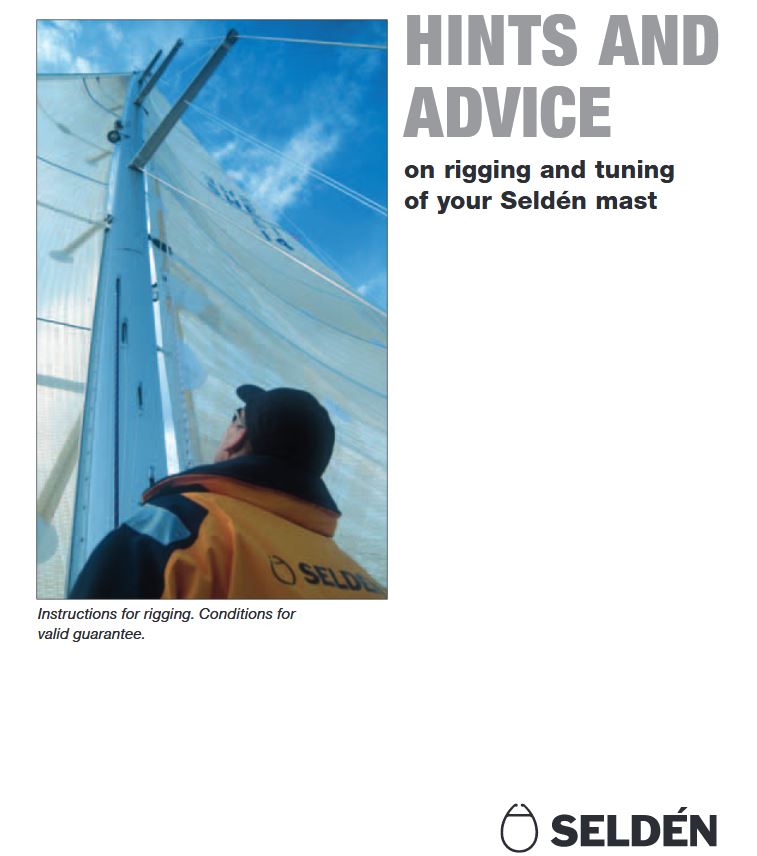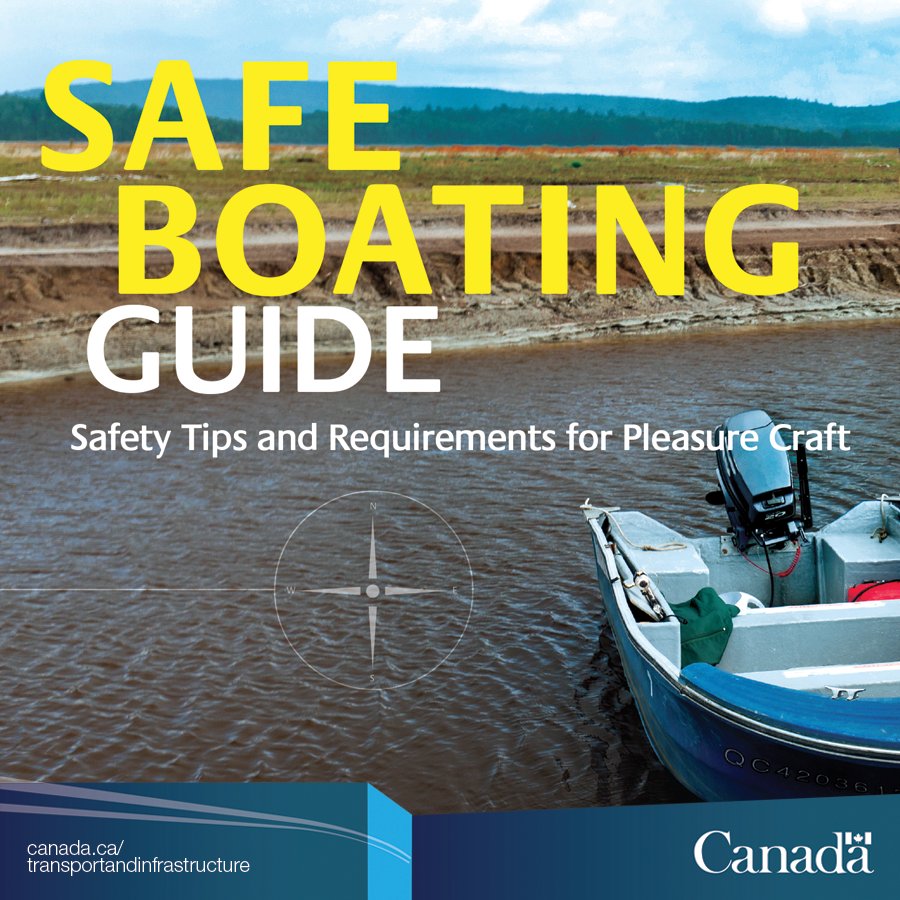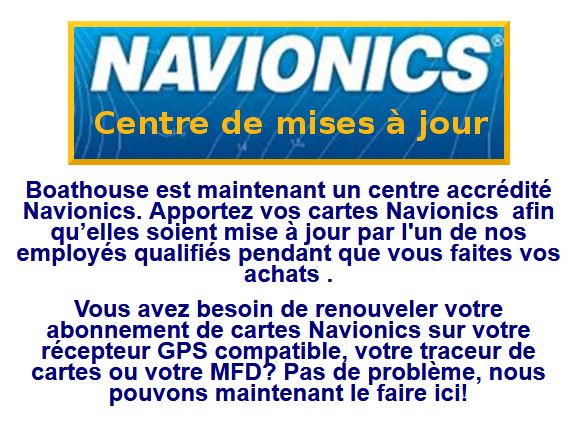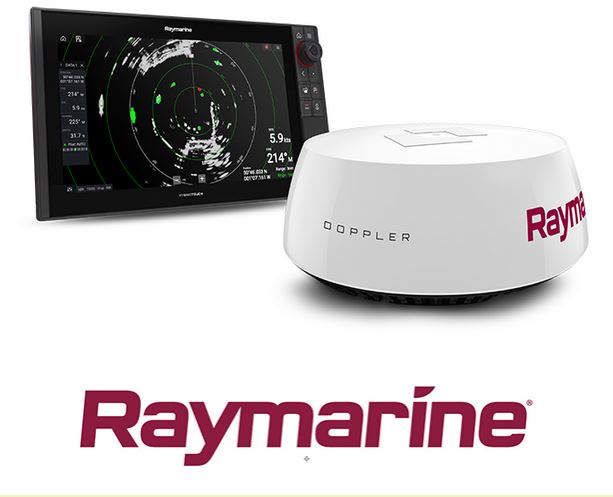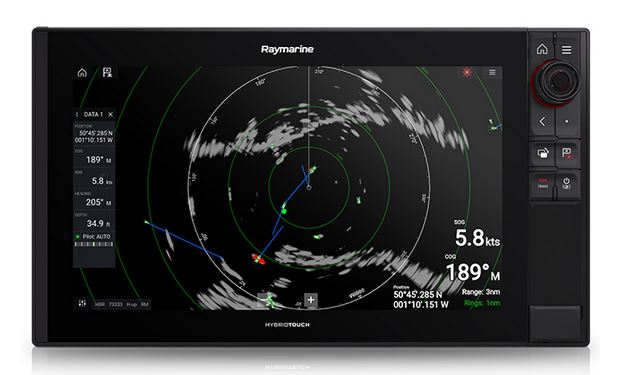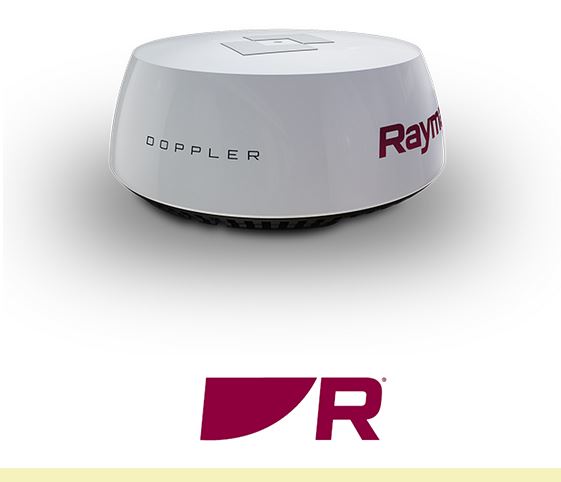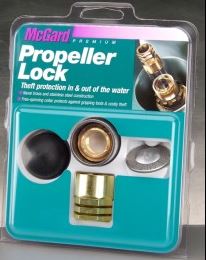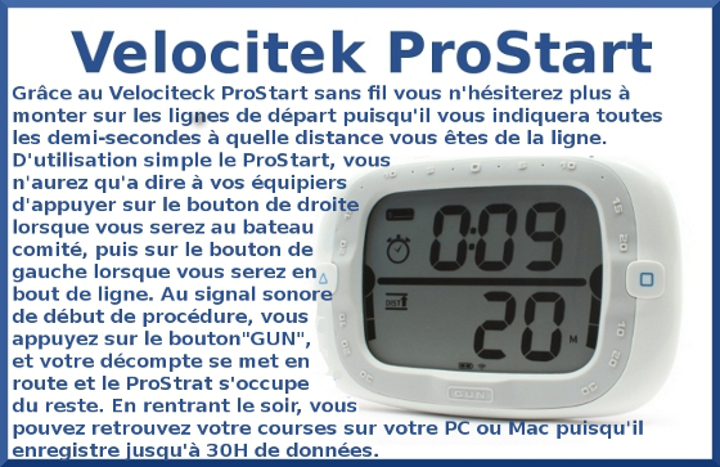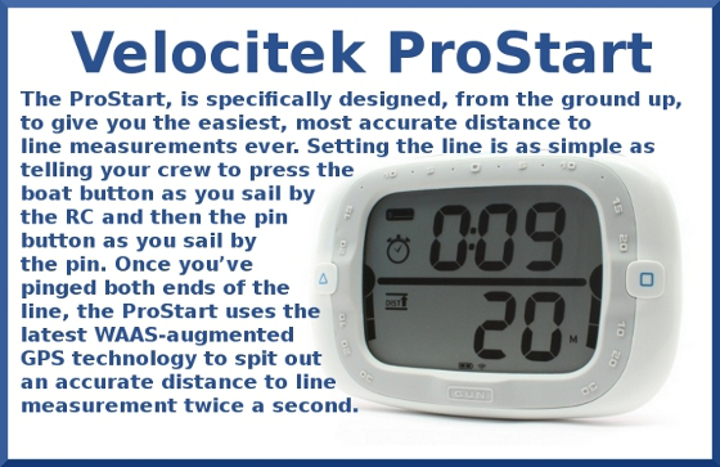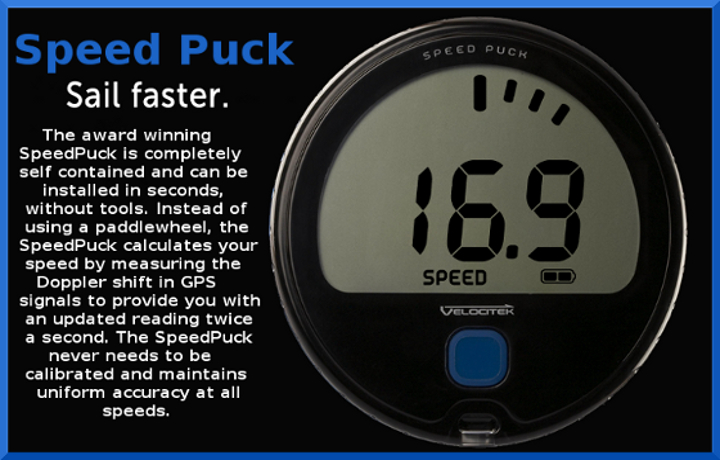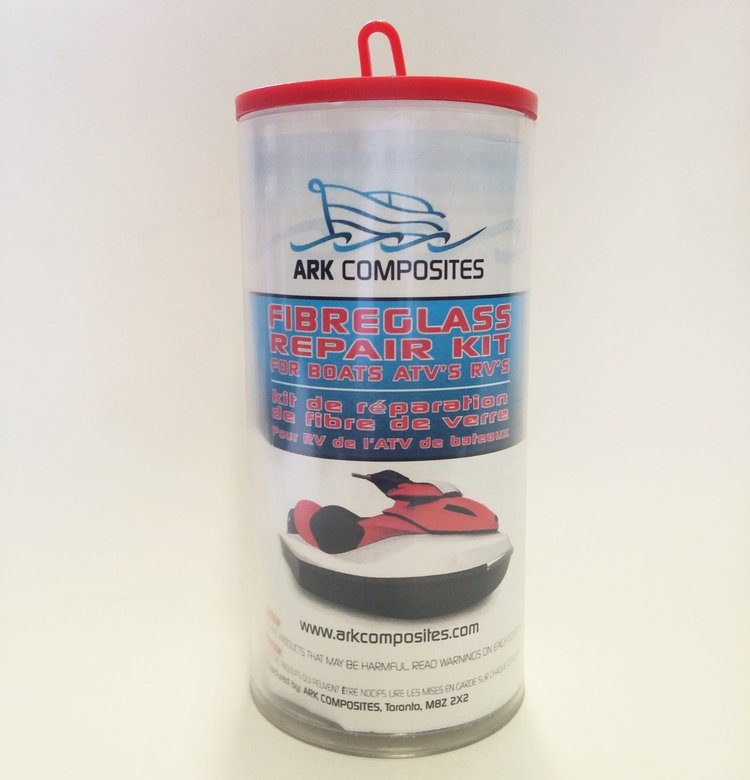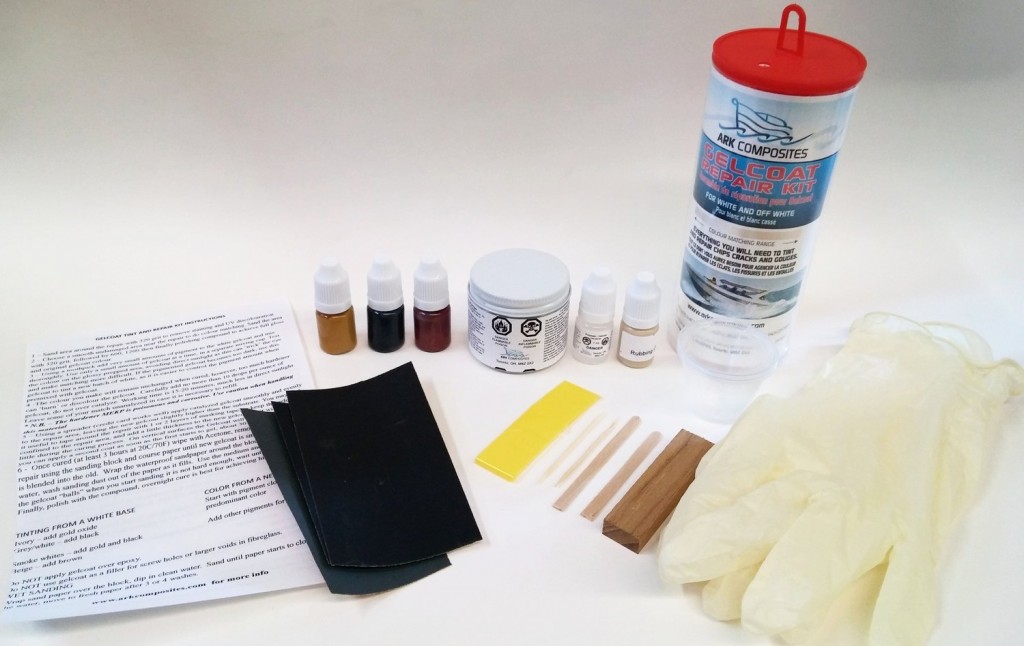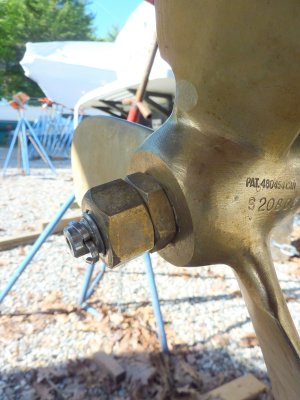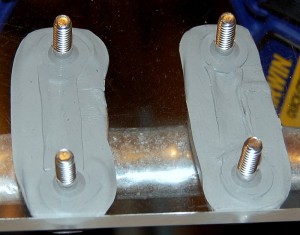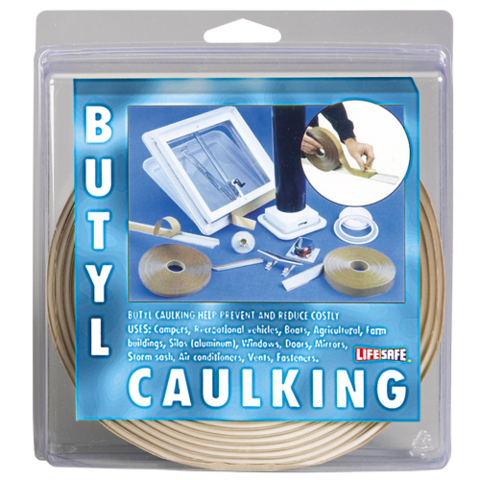-
Vider les casiers de denrées périssables. Enlevez également les cannettes ou es bouteilles contenant des liquides qui peuvent geler.
-
Nettoyer le réfrigérateur, la glacière et le congélateur. Gardez la porte ouverte et laisser une boîte ouverte de bicarbonate de soude à l’intérieur pour absorber les odeurs.
-
Retirer les voiles, le bimini, capote de roof et toile, inspecter et faire réparer si nécessaire. suggestions
-
Vérifier le mât et son gréement. Assurez-vous que rien n’a été endommagé lors de l’utilisation, réparer les pendant l’hiver. suggestions
-
Vérifier les écoutes et les drissest Assurez-vous que rien n’a été endommagé pendant l’utilisation, réparer les pendant l’hiver. suggestions
-
Vérifier le système de l’enrouleur, nettoyer et lubrifier. suggestions
-
Vérifier les winchs. suggestions liens :Harken 46.2 winch service – Harken 40 winch service – How to service a Lewmar Evo Winch
-
Retirer la boussole
-
Retirer les appareils électroniques
-
Laisser les casiers, les tiroirs et trappes d’accès ouverts
-
Soutenir coussins et les garder au sec
-
Installer un déshumidificateur dans les cabines et les espaces clos pour aider à prévenir la croissance des moisissures. suggestions déshumidificateurs électroniques
-
Vidanger les réservoirs de rétention. suggestions
-
Ajouter de l’antigel dans la toilette. suggestions
-
Ajouter de l’antigel dans les tuyaux d’évacutation et d’admission. suggestions
-
Vidanger la pompe de douche.
-
Vidanger le chauffe-eau.
-
Vider les lignes de propane vides, allumer un brûleur sur le poêle de la cuisine – et autres appareils à gaz – puis éteignez la vanne manuelle sur le réservoir de propane.
-
Retirer le bouchon de vidange de cale et noter l’endroit où vous l’avez placé.
-
Assurez-vous que les cales sont propres et secs. suggestions
-
Vider les viviers ou laver les pompes et les tuyaux
-
Lubrifier les vannes de passe coque et vérifier leur fonctionnement, les fermer pour l’hiver. suggestions
-
Contrôler et réparer tout le câblage et les connexions électriques. Assurez-vous que rien n’a été endommagé lors de l’utilisation. suggestions
-
Retirer les batteries et les entreposer dans un endroit frais et sec. Nettoyer les pôles de la batterie. Raccorder les batteries à un chargeur intelligent ou charger les au moins une fois par mois.
-
Vérifier toutes les anodes et les remplacer si nécessaire.
-
Laver soigneusement la coque du bateau, enlever toutes les taches, la saleté et les débris. suggestions
-
Appliquer une nouvelle couche de cire. suggestions
-
Retirer l’hélice et vérifier les dommages. (Il est maintenant le temps de remplacer ou de réparer une hélice endommagée, pas au début de la prochaine saison.)
-
Nettoyer l’arbre d’hélice et d’appliquer une graisse protectrice. suggestions
-
Vérifier le bourage de presse-étoupe et le remplacer si nécessaire (inboards) suggestions
-
Vérifier la bague de l’essieu (cutlass bearing) et la remplacer si nécessaire. Lien Boathouse peut commander une bague de l’essieu pour vous.
-
Changer l’huile dans le carter et dans de la boîte d’engrenage lorsque le moteur est chaud, faire tourner le moteur pour répartir l’huile dans tout le système. suggestions
-
Changer les filtres à l’huile. suggestions
-
Changer les filtres à essence ou à diesel. suggestions
-
Rincer le moteur avec de l’eau fraîche et drainer. (hors-bord) suggestions
-
Faire circuler l’antigel dans le bloc moteur et les collecteurs. (inboards) suggestions
-
Vider le réservoir du séparateur de vapeur par le bouchon de vidange (de carburant injecté Motors).
-
Sur les moteurs hors-bord à carburateur, vider les cuves à flotteur du carburateur.
-
Remplacer le liquide de transmission (Inboards).
-
Changer l’huile dans le pied du moteur hors-bord. suggestions
-
Appliquer une peinture de retouche à moteur au besoin. suggestions
-
Pulvériser un produit de remisage de moteur pour protéger les pièsces internes et externes des moteurs à combustion et faire tourner le moteur plusieurs fois (sans départ) pour étaler l’huile sur les parois des cylindres. suggestions
-
Essuyer le moteur avec un chiffon imbibé d’un produit de remisage de moteur. suggestions
-
Vérifier les fixations du moteur, remplacer les pièces brisées ou manquantes, serrer les fixations. suggestions
-
Effectuer un service de lubrification complète sur le bateau et le moteur. suggestions
-
Retirer les tuyaux des pompes à eau.
-
Vérifier la turbine des pompes à eau. suggestions
-
Vider l’eau des silencieux.
-
Remplir les réservoirs permanents avec du carburant pour éviter la formation de condensation.
-
Ajouter la quantité appropriée de stabilisateur de carburant dans les réservoirs de carburant. suggestions
-
Retirer les réservoirs de carburant portatifs vers une endroit sûr et bien ventilé. Égoutter les réservoirs en plastique et des réservoirs métallique. Vider les conduits de carburant.
-
Placer la remorque sur des supports ou des blocs de sorte que les roues ne reposent pas sur le sol. Soulever l’avant de la remorque pour assurer le drainage des eaux de pluie ou de neige.
-
Retirer les roues de la remorque pour nettoyer et graisser les roulements ,a billes des roues.
-
Sécuriser tous les hublots et trappes d’accès.
-
Inspecter et calfeutrer les fenêtres et les trappes. suggestions
-
Inspecter les chandeliers et les mains courantes. Sceller au besoin. suggestions
-
Couvrir le bateau avec une bâche de haute qualité suggestions
Avertissement de boathouse.ca.
Les conseils fournis sont à titre indicatifs et destinés à vous aider à prendre de meilleures décisions au sujet de votre bateau et de l’équipement nautique . Ceux-ci ne remplacent pas les instructions du fabricant, du détaillant ou de la marina relativement à votre bateau ou aux équipements des bateaux.
Boathouse décline expressément toute responsabilité pour les dommages à votre bateau ou de l’équipement résultant de ces conseils ou suggestions. Pour plus de détails au sujet de vos équipements ou de votre bateau, nous vous suggérons de contacter le fabricant de votre bateau ou de tout autre équipement.
Imprimez la Liste de contrôle cliquez ici
Commentaires ou des corrections?
S’il vous plaît envoyer vos commentaires ou questions à info@boathouse.ca
Written on October 4th, 2019 , Technical Tags: calgary, dorval, edmonton, Génératrice à piles à combustible Comfort 140 montreal, hivernage, kingston, Liste de contrôle d’hivernage, ottawa, quebec canada, toronto, vancouver, winnipeg
